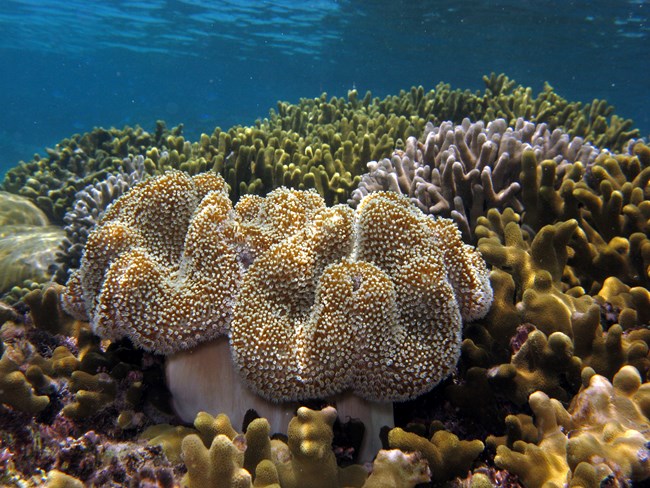
NPS Photo/K.L. Kramer
Description and Rationale
Four parks within the Pacific Island Network (PACN) contain rich benthic (sea floor) marine communities that are home to algae, corals, and other invertebrates. Coral reefs often form the structural framework of nearshore underwater ecosystems and are compared to tropical rainforests in terms of species diversity and the complexity of interactions.
Corals are excellent indicators of the overall health of tropical reef environments because of their sensitivity to environmental degradation. Primary stressors to coral reefs include diseases, sedimentation, eutrophication, alien species, fishing, storms, and global climate change. The United Nations Environment Programme considers coral reefs a worldwide indicator ecosystem for global climate change.
Monitoring Objectives
- Determine long-term trends in the abundance (density of individuals or percent cover) of sessile marine macroinvertebrate (e.g., corals, sponges) and macroalgal assemblages at fixed and random sites between 10 and 20 meters depth.
- Determine trends in benthic small scale topography at randomly selected, fixed stations stratified by habitat or reef zone.
- Determine trends in recruitment rate of hard corals (as an assemblage) to uniform artificial surfaces at selected sites on the fore reef between 10 and 20 meters depth.
- Determine trends in rate of growth and survival of randomly selected coral colonies of a common, trans-Pacific species (e.g., Pocillopora damicornis, Pocillopora verrucosa, Porites lobata) growing at similar depth.
- Determine long-term trends in the incidence and severity of coral and algal disease and bleaching.
Monitored At
-
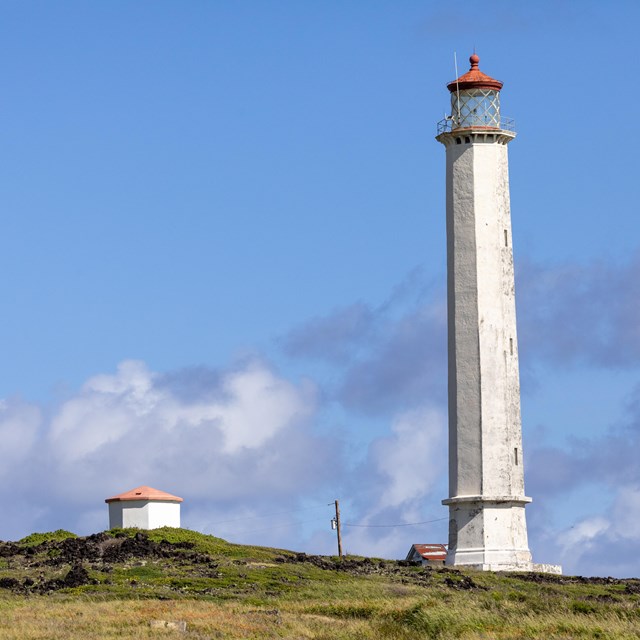 Kalaupapa National Historical Park
Kalaupapa National Historical ParkSee what's monitored at Kalaupapa National Historical Park.
-
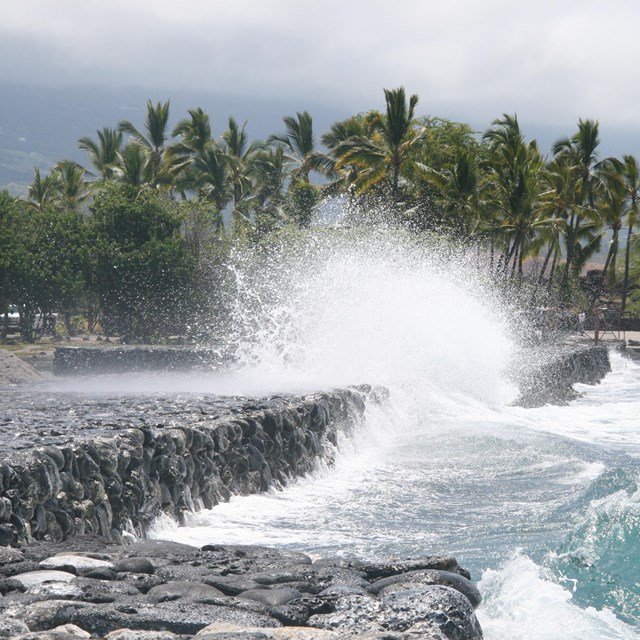 Kaloko-Honokōhau NHP
Kaloko-Honokōhau NHPSee what's monitored at Kaloko-Honokōhau National Historical Park.
-
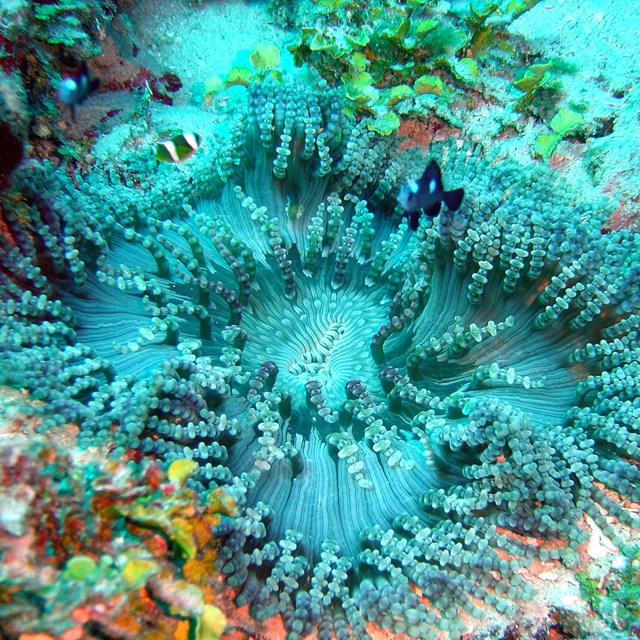 National Park of American Samoa
National Park of American SamoaSee what's monitored at National Park of American Samoa.
-
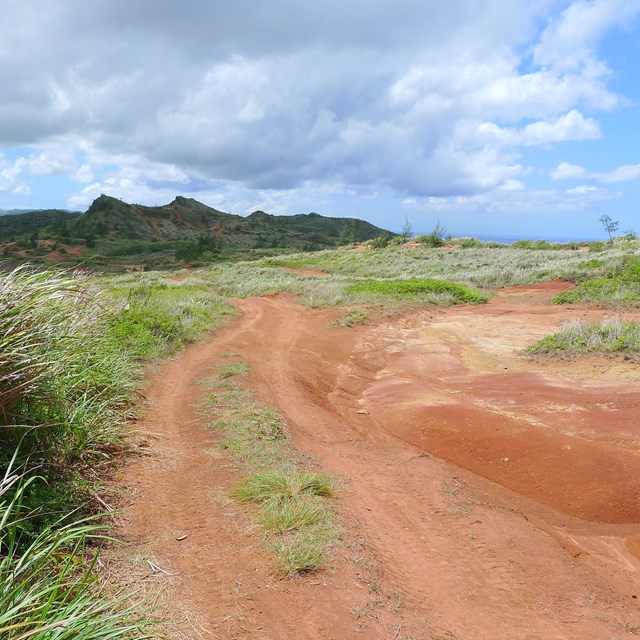 War In The Pacific NHP
War In The Pacific NHPSee what's monitored at War In The Pacific National Historical Park.
Last updated: December 21, 2023
